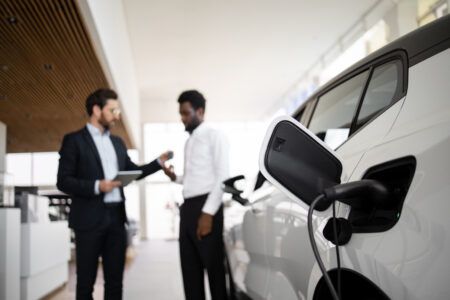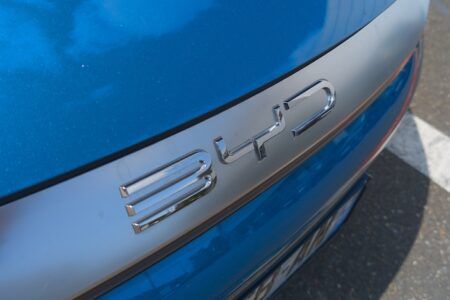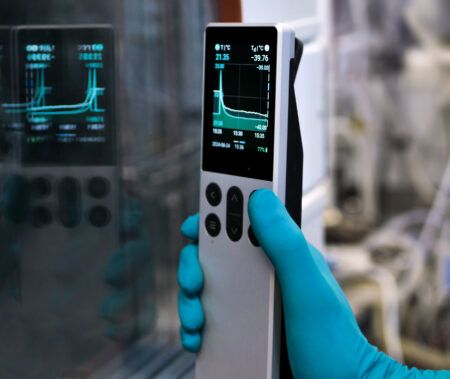According to the Society of Motor Manufacturers and Traders (SMMT), the number of plug-in hybrid vehicles grew by 47.3% year-on-year from January 2021 to January 2022. These numbers show a promising shift three months on from the COP26 Summit last November, but more needs to be done.
But, what about the charging infrastructure across the country? Ofgem, the UK’s energy regulator announced that it will lower the costs for grid connections, thereby making it easier to install charging points.
Shell is aiming to install 50,000 charging points across the country over the next four years, with the network now exceeding 10,000 charging points. With this, the infrastructure rapidly changing, but what about the now? With EVs becoming more popular, how can EV owners get over range anxiety and go freely about their journeys?
As an EV owner myself, I know how it feels to be driving down the motorway and suddenly be worried as to whether I’m going to reach my destination.
In my first month owning an EV, I spent hours researching various Charge Point Operators (CPOs). I signed up to Polar, PodPoint, ChargeYourCar, EcoTricity, Tesla, and Shell Recharge, just to ensure I have the greatest choice when I need it. I have the RFID card, installed multiple apps on my smartphone and registered my details many times for different CPOs. It’s time consuming, and confusing.
EV charging must be more accessible
Currently, most charging happens at home, on the street nearby, or at work, and we know this still needs improving so that the charging system can become more accessible for everyone. That doesn’t just mean compatible plugs, it’s also how we ensure consumers can charge up regardless of which supplier they use.
As well as being fair, the network needs to be safe. It must have security as standard and be continuously monitored. With Britain prioritizing electrification, the country’s EV smart charging network will have to happen on a massive scale and the grid will need to respond to increased and variable demand. This means the ecosystem must handle smart and dynamic load control in a secure manner while ensuring delivery of a standardized approach for operators of charge point systems.
As more people turn towards EVs, load control becomes increasingly important. This allows the grid to adapt to spikes in demand. In an all-EV future, something as simple as people driving to a large event like a football match could cause an increase in demand which proves to be unsustainable in a specific area. Smart chargers could help to distribute the available power, avoiding more drastic grid level controls, like a “brownout”.
When considering the data that this solution could provide, you begin to realize the wealth of possibilities available. Not only could this data help target new locations for renewables but also energy storage like batteries. If used correctly, this secure and ultimately anonymized data could be a national asset, as opposed to being locked away in private servers.
A nationwide EV charging ecosystem will allow operators, charge point providers and utilities to work together to provide EV smart charging that’s fair for all. In doing this, it can also help to open up opportunities in vehicle-to-grid technology.
V2G (Vehicle to GRID) is still early in its maturity, however it could become key, if not a critical element, in our future grid. As the mix of renewables grows beyond 60%, balancing the energy grid becomes an increased challenge for the energy system operators. In the future large scale energy storage goes a long way to balancing our energy system from frequency response, demand side response and peak load balancing. V2G when connected, and synchronized can act like a GRID Scale storage solution leveraging an asset that exists.
V2G will enable customers to take advantage of the energy storage of their EV whilst they aren’t using it to do things like, power the average British home for days. Some EV batteries are as big as 40 to 70kWh in size, with the average British home using only 8-12kWh a day.
Additionally, whilst the EV battery is charging it can allow people to sell their stored energy to lower their monthly energy bill whilst also balancing the nation’s power grid during peak times. To successfully implement this technology for all EVs, auto manufacturers need to agree on how the system is standardized including with EV chargers.
If the UK is serious about its plans for electrification and cutting emissions by 78% by 2035, it must ensure there is a nationwide EV charging network that can support the growing number of electric vehicles that can create opportunities for the future. If this does not happen, the UK risks its seat on the top table, as we continue to look to a more sustainable future.






